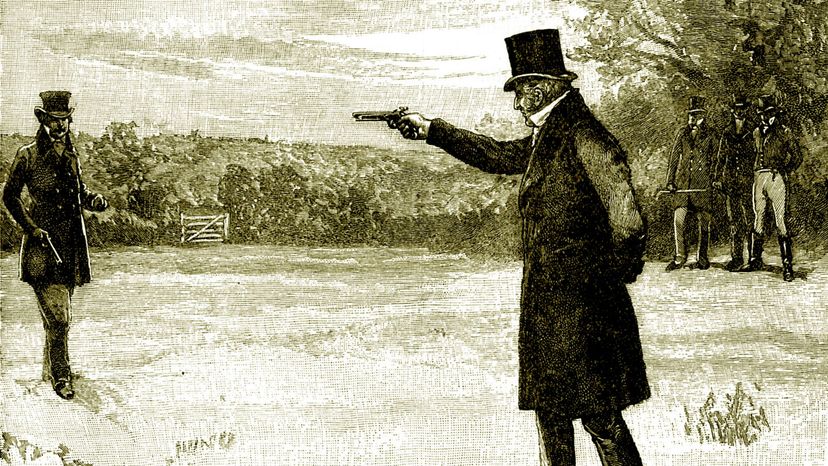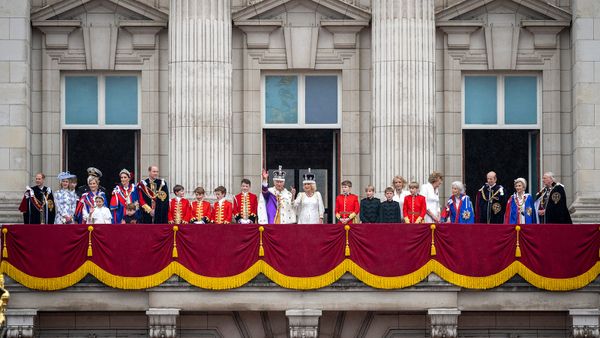
Much of the world is fascinated by the British royals, with all of their titles. But those who live outside the U.K. have a difficult time deciphering the Brits' peerage system, which is a complex, overlapping web of dukes, earls, barons and more.
Britain's peerage system, which dates to Anglo-Saxon times, consists of five ranks: duke, marquess, earl, viscount and baron, according to Debrett's, a leading source of information on the British peerage system. Over the centuries, peerages were inherited, created or conferred by the British king or queen, originally to landowners who advised him or her, as a sort of Royal council. The older your peerage, the more status within your rank. In 1958, the government passed the Life Peerages Act, which allowed for the creation of life peerages, or honorary titles granted by the government. Those receiving a life peerage, which can't be inherited, also received the title of baron or baroness.
Advertisement
Under the modern monarchy, one of the biggest privileges of being a peer, whether hereditary or life, is that it gives you the right to sit in Britain's House of Lords, the upper chamber of Great Britain's legislature. (Elected officials make up the House of Commons, the government's lower chamber.) During more recent times, with the number of eligible peers (mostly life peers created by whichever government is in power) ranging from 650 to more than 800, there have been multiple movements to limit the size of this chamber, without much success. About 90 percent of those sitting in the House of Lords in 2020 are life peers.
Today, there are no new hereditary peerages being created, with one exception: those the monarch creates for members of the royal family.
Here are the basics about the five peerage ranks, in order of rank. Female titles are given in parenthesis and usually designate the wife of a peer. Women are not eligible to succeed to most hereditary peerages.
Advertisement



